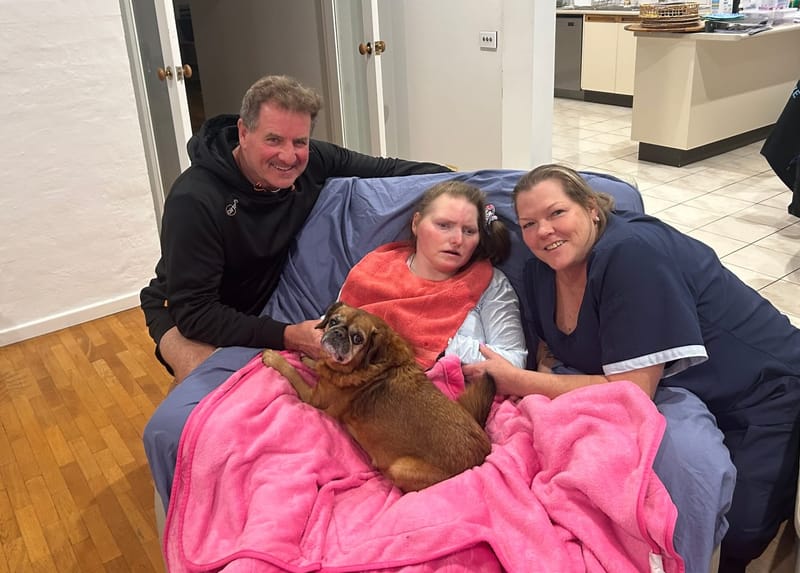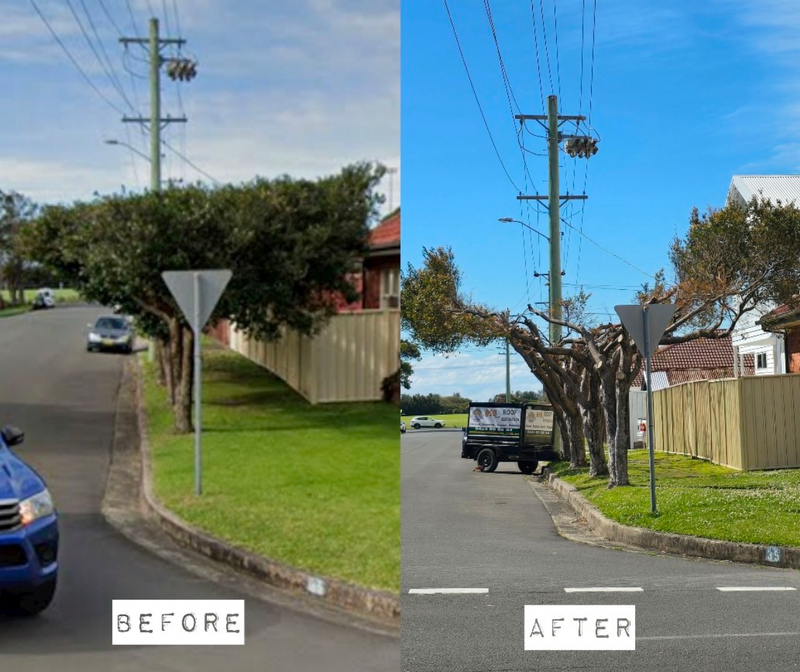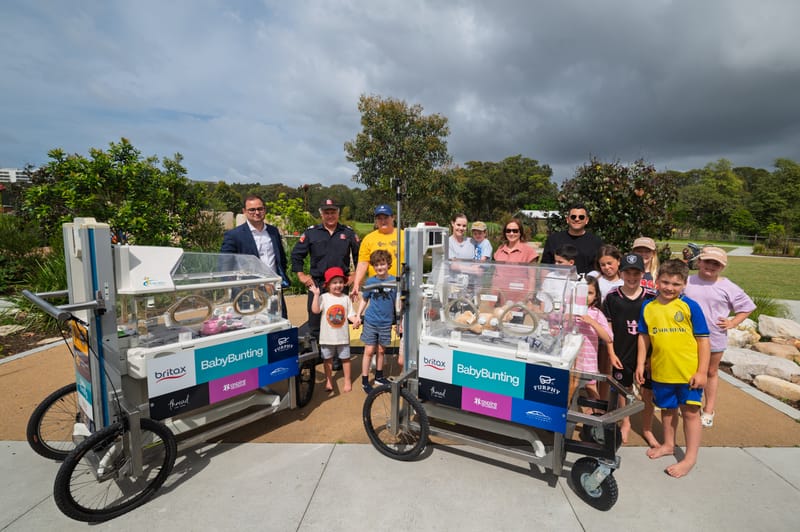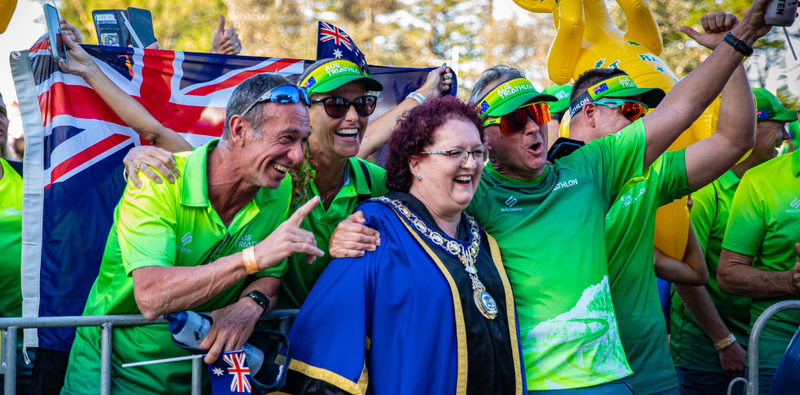'We are the last responders'
Embalmer Luan Murray (49) is a Wollongong mortuary manager. “I’ve always had an interest in death from a young age,” Luan says. “Right through my schooling, I wanted to be involved in forensics in the police force.” However, after doing...
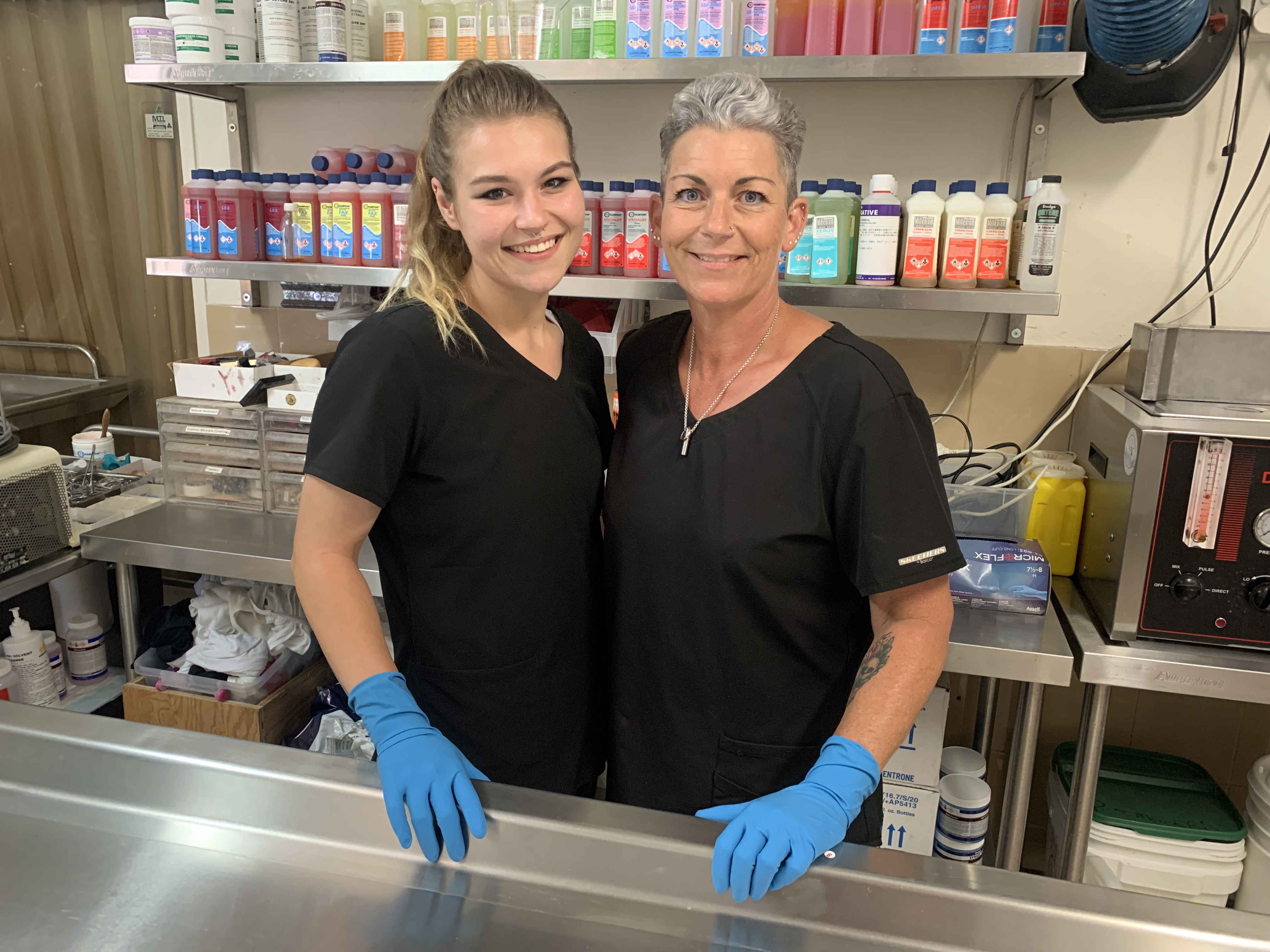
Embalmer Luan Murray (49) is a Wollongong mortuary manager. “I’ve always had an interest in death from a young age,” Luan says. “Right through my schooling, I wanted to be involved in forensics in the police force.”
However, after doing work experience locally and seeing things that were “very confronting”, her plans changed. A police officer suggested she contact a funeral director. “Pretty much the first day I stepped foot into the mortuary, I said, ‘This is it. This is where I want to be’.”
Luan did her embalming studies while working in Sydney. Three decades later, she is back in Wollongong, at H.Parsons Funeral Directors, working alongside her daughter, Shawnee Barker.
Shawnee (22) is a mortuary technician.“I was very interested in being in the Navy,” Shawnee says.
“I had my sights set on being a clearance diver. I got high aptitude results, but didn’t pass mental health testing. I hit a bit of a low point. Eventually, Mum said get up and come to work with me for a little bit.
“I started out as just her sort of lackey, carrying her toolbox and moving the embalming machine...
“After the first few weeks of watching, she said, go on, pick up the tools and give it a go. And I did, and I really enjoyed what I was doing.”
Luan: “She had a natural ability.”
Shawnee: “I’m quite creative. When it comes to trauma cases or even if someone has had a fall and they have a big bruise... I saw that as a route where I could use my creative brain, which I enjoy.”
Luan: “My ability comes down to experience, I don’t have to think too hard about chemical equations. Shawnee complements me – she’s creative, she’s artistic.”
Shawnee: “I’ve a really good understanding of colour theory. I’ve looked back through the generational differences in how women used to do their make-up in the 20s, the 30s, the 60s, and like piecing together what age bracket, what style bracket a particular person falls into.”
In the five years that the pair have worked together, Shawnee has risen from apprentice to qualified embalmer, achieving high marks in her examinations. “My challenge now is breaking away from the ‘Oh, you’re Luan’s daughter’,” she says. “I’ve been asked to present and speak at conferences and I’ve got to try and prove that I’m my own person and my own embalmer, basically.”
Outside of work, Shawnee will disappear on a bush walk in the mountains, Luan will head for the beach to relax. They share a love of music – Luan as a fan, Shawnee as a musician.
Shawnee: “I play in a punk band. I’m a vocalist primarily, I do play bass guitar as well. I’m a songwriter. I listen to a lot.”
Luan: “Shawnee has very eclectic taste in music, whereas I’m pigeonholed into the rock scene...
“We are very close. Shawnee and I don’t live with each other any more, but I do get the pleasure of spending that eight hours-plus a day with her. She’s one of my best friends.”
Shawnee: “There’s nothing I could not say to her. What benefits us in a professional environment is we can read each other pretty well. There’s days where we have songs going, we’re singing in there. In an industry that can be very dark and you can face things not a lot of people in the world have to face, us being close and being able to make it a light and happy environment is really important.”
Mortuary work is physically and mentally demanding and it has long been male-dominated. Thirty years ago, Luan was among some of the early female embalmers in NSW. She has seen the industry slowly become more progressive, to the point today where many families find the idea of a mother-daughter embalming team very appealing.
“Women deliver their compassion in a way that’s different to men,” Luan says.
Shawnee: “I know with the influx of students that are my age that the industry is drawing more women. It is a care role. Death is becoming less and less of a taboo. It’s taken down an almost hidden wall that we, as mortuary care workers, have been hidden behind. Now society is starting to go, Oh, that’s actually a job. How can I do that?”
Luan: “A lot more people are receptive to the way women deliver this as a job.”
Shawnee: “There have been a lot of situations where [working with women embalmers] has brought a lot of comfort to different families. Us having a personal relationship and being as close as we are, that also brings another level of comfort.
“I’m a big believer that every person should be treated the same. Everyone gets looked after with the same level of respect. I often go to op shops and buy business shirts or nighties, or just a pair of stockings [to clothe the deceased].”
Luan: “She does go the extra mile.
“As embalmers, our job is to embalm and to embalm is …”
Shawnee: “The preservation, restoration and sanitation of the deceased, that’s the technical definition. But I like to say we’re here to care for the deceased. Whether that’s dressing, or doing someone’s hair – we are just there to care.
“Embalming is not a scary thing. We’re not morbid people – we’re just like a nurse or an aged care worker. I believe that everyone deserves to go out with dignity. We’re just here to step in and care for that person at that point in their lives.”
Luan: “We’re the last responders.”

